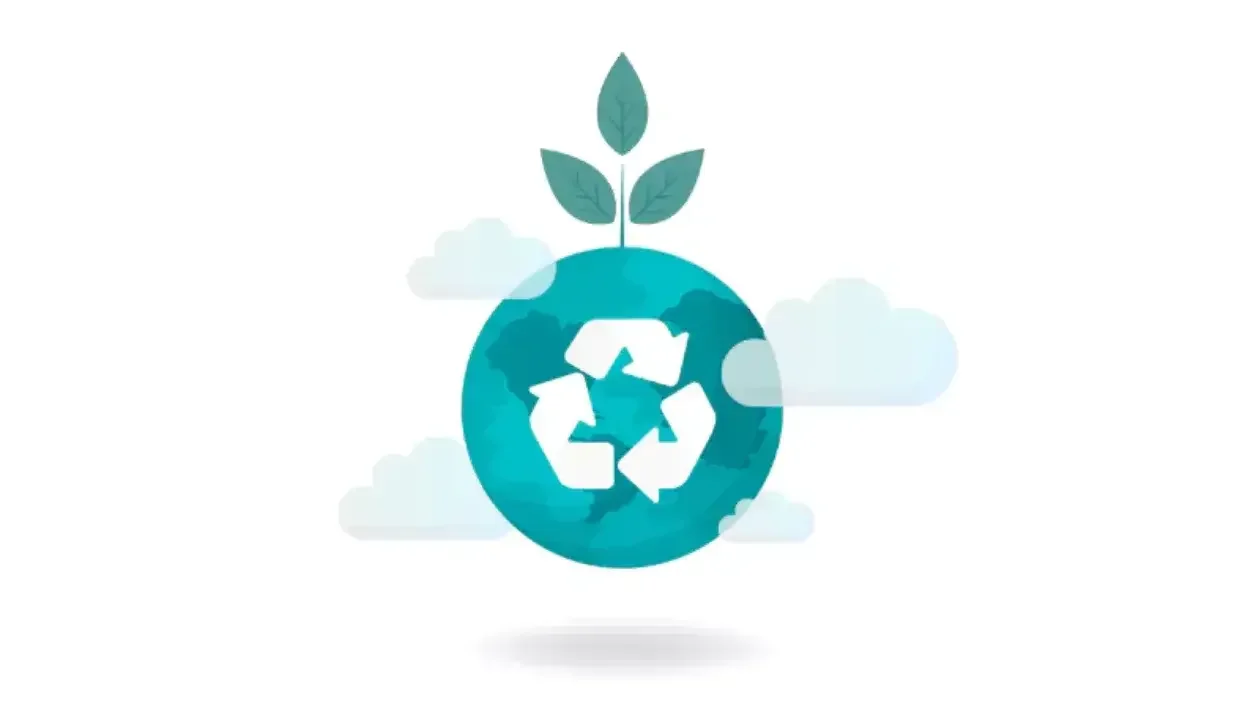
Laurel Brunner discusses how discusses how aluminium printing plates are infinitely recyclable which contributes towards a circular economy in the print industry.
Printing plates are made from the purest of pure aluminium. One of the material’s most beneficial properties for a circular economy is that it is infinitely recyclable, with only a minimum loss of properties. This makes it an enabler for a circular economy, especially in the graphics industry.
According to the International Aluminium Institute, more than 1.4 billion tonnes of aluminium has been produced. Of this more than 75% is still in productive use around the world. Within the printing industry, recycled used printing plate collection rates are well over 90% and many printing companies recoup much of a plate’s costs through selling used plates as scrap. But the printing sector is not the largest market for aluminium, which is dwarfed by transportation, building and construction where recycling rates are also above 90%. The difference between these sectors and printing is that the print industry does not use its aluminium for anything like as long. The long lifetimes of these sectors constrains the availability of scrap for recycling thereby enhancing the contribution printing makes to circular economies.
Printing plates need very pure raw materials, but for many applications purity is not such a big deal. Scrap collected at the end of life inevitably has variable qualities and might be mixed with other materials that spoil its purity. This means it might not be suitable for some new uses and not for making printing plates. Improved sorting processes for higher value applications such as light-weighting cars, should lead to more efficient reuse. But demand for aluminium continues to rise and scrap availability to be more constrained.
Aluminium based packaging should also be making a big contribution to aluminium recycling however the range of rates for its collection and recycling vary considerably. They depend on both the application and local conditions, including political considerations. The story is better for cans than it is for flexible packaging, but there is plenty of scope for further improvements.
The good news is that the printing industry has an established model for recycling used printing plates and getting aluminium back into the manufacturing cycle. Producers of printing plates and their customers are well placed ensure that aluminium can be brought back into the system at the end of a plate’s usually short life. As separation and sorting technologies improve we expect to see more packaging aluminiums enter the recycling supply chain. More recycling avoid the need to dig more bauxite, the raw material for aluminium, from the ground thereby avoiding some 300 million tonnes of CO2e emissions. The IAI estimates that in 2018, 1.2 million tonnes worth of aluminium cans and other rigid packaging did not go back into the recycling system, so its equivalent had to be dug up. We’ve got a long way to go but at least we’ve a direction.
Source information: This article was produced by the Verdigris Project, an industry initiative intended to raise awareness of print’s positive environmental impact. This weekly commentary helps printing companies keep up to date with environmental standards, and how environmentally friendly business management can help improve their bottom lines. Verdigris is supported by the following companies: Agfa Graphics, EFI, Fespa, Fujifilm, HP, Kodak, Miraclon, Ricoh, Spindrift, Splash PR, Unity Publishing and Xeikon.
Image credit: rawpixel.com / Freepik